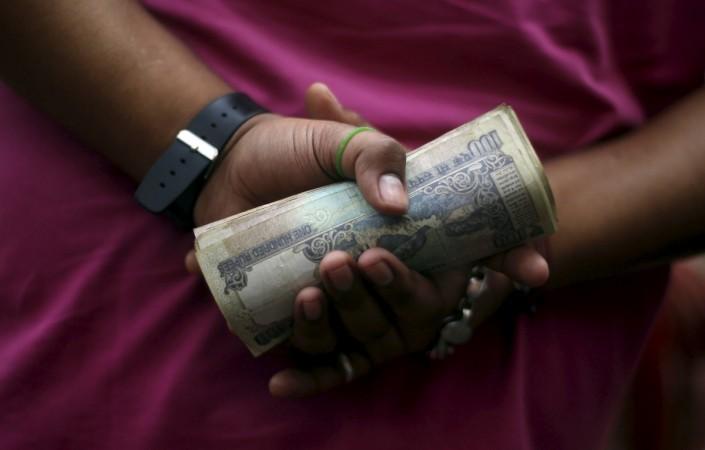
PM Narendra Modi was on sound footing when he announced scrapping Rs 500 and Rs 1,000 currency notes and replacing them with new ones, as the security features of these denominations were "compromised." The information comes from an official in the Indian security establishment.
"It is true that certain security features of Rs. 500 and Rs. 1,000 notes had been compromised. The supplier of raw currency, the ink and the silver thread is same for India and Pakistan and we have been asking countries like the U.K, the U.S. and Germany, where these are manufactured to stop the sale to Pakistan," The Hindu quoted a security official as saying.
The suprise announcement of the ban on Tuesday (November 8) was made to crack down on the circulation of fake/counterfeit Indian currencies that finance terror, apart from curbing black money, since hoarders tend to keep their illicit wealth in high.
"The Prime Minister said the steps taken by the Government would strengthen the hands of the common citizens in the fight against corruption, black money and counterfeit notes," the Prime Minister's Office (PMO) said in a statement.
A research conducted last year by the Kolkata-based Indian Statistical Institute (ISI) on behalf of the National Investigation Agency (NIA) pegs the circulation of fake notes worth Rs 400 crore.
Currency notes and coins are printed/minted at about eight units owned by the Security Printing and Minting Corporation of India Limited (SPMCIL), a finance ministry company.
SMPCIL's two currency printing units — at Dewas in Madhya Pradesh and Nashik in Maharashtra — print about 40 percent of India's currency notes. Coins are minted at Mumbai, Hyderabad, Kolkata and Noida units of SMPCIL.
Currency notes and coins are printed/minted by the government of India on the advice of the RBI, which also estimates the denomination-wise currency needs, and co-ordinates with the government on design and security aspects.

















